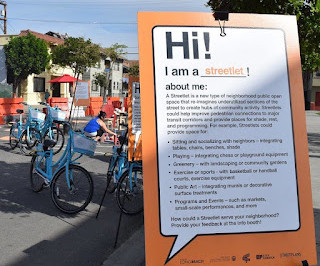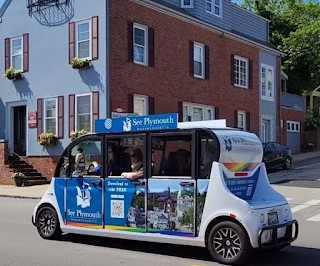Need for social marketing initiatives around installation of neighborhood traffic calming initiatives: Salt Lake City
Rebuilding Place in Urban Space
JUNE 27, 2024
There is a local walking and transit advocacy group called Sweet Streets , that helped promote this change.) Road Witch was a campaign in England 20+ years ago, focusing on rebalancing the use to streets toward residents, not automobiles. See Fighting Traffic:The Dawn of the Motor Age in the American City.











Let's personalize your content